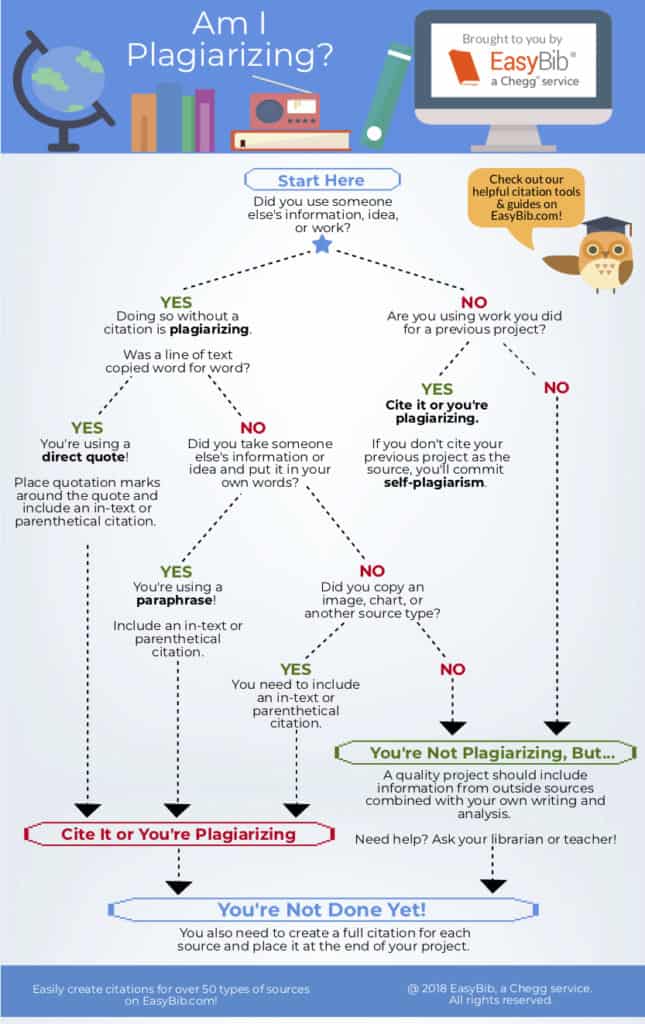
MLA is an abbreviation which stands for Modern Language Association. MLA style is a set of guidelines for writing, formatting, and citing sources in scholarly works and student research papers and is most commonly used in the humanities and liberal arts.
In MLA, you must "cite" sources that you have paraphrased, quoted or otherwise used to write your research paper. Cite your sources in two places:
According to B.F. Skinner, behavior analysis is necessary for society because "almost all major problems involve human behavior" (24).
or
Behavior analysis is necessary for society because "almost all major problems involve human behavior" (Skinner 24).
Work Cited
Skinner, B.F. Beyond Freedom and Dignity. Alfred A. Knopf, 1971, p. 24.
Each entry on a works cited list is made up of elements that are common to most works and appear in a specific order. The correct punctuation appears at the end of each core element.
Adapted from the online MLA Style Center
![]()
Gaelen Pinnock, CC BY-SA 4.0 <https://creativecommons.org/licenses/by-sa/4.0>, via Wikimedia Commons

Clinton College does not condone academic dishonesty; it expects all students to maintain high ethical standards in all of their coursework. Actions that Clinton College considers violations of the Academic Dishonesty Policy include:
Students found guilty of violating Academic Integrity may be subject to a number of penalties.
CLINTON COLLEGE 2021-2023 ACADEMIC CATALOG (page 23)
Plagiarism is defined as intentionally or unintentionally using someone else's words, works, thoughts, or expression of ideas without giving proper credit. Plagiarism also includes reusing one's own content from another paper or using one paper for more than one course without authorization to do so.

For details on these forms of plagiarism, click on the link below:
Source: https://www.turnitin.com/static/plagiarism-spectrum/

image source easybib.com
Stolar, Halina. “Am I Plagiarizing?” EasyBib.com, 28 Oct. 2020, www.easybib.com/guides/plagiarism-guide/what-is-plagiarism/#instances.
Try this interact activity created by Seneca College Libraries
This guide is used and has been adapted with the permission of Seneca College Libraries and Simmons University Library. For information about reusing the guide, please contact lcc@senecacollege.ca or library@simmons.edu. Note: When copying this guide, please retain this box.
 This work is licensed under a Creative Commons Attribution-NonCommercial-ShareAlike 4.0 International License.
This work is licensed under a Creative Commons Attribution-NonCommercial-ShareAlike 4.0 International License.